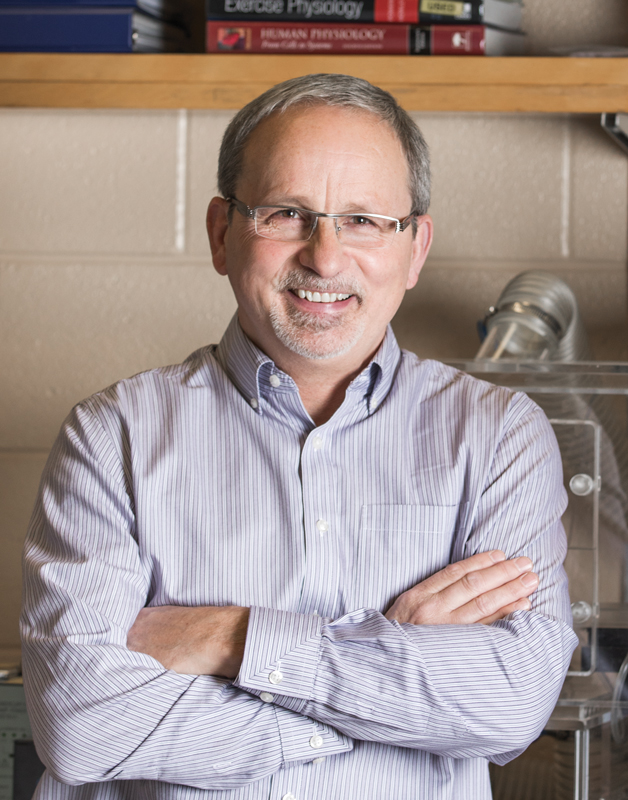
Dr. David Hood, Director of the Muscle Health Research Centre
In recent months, YU-CARE member David A. Hood and colleagues have presented upon the relationship between exercise and the aging process. The research produced by Dr. Hood and his colleagues at the York University Muscle Health Research Centre is impactful along the themes of the physiology of aging and healthy aging promotion.
This spring, Dr. Hood was featured in a CTV News interview on the topic of relationship between exercise and illness. In this interview, Dr. Hood discusses the connection between muscle health and illness, in addition to the importance of exercise as one ages to maintain health and strength.
Along a similar topic published this year and written by David A. Hood, Jonathan M. Memme, Ashley N. Oliveira, and Matthew Triolo, exercise is explored as a therapy to reverse and enhance the impaired mitochondrial function associated with aging and chronic muscle disuse. Read the abstract of the article, titled “Maintenance of Skeletal Muscle Mitochondria in Health, Exercise, and Aging” below. You can also visit the Annual Review of Physiology for the full paper.
Abstract
Mitochondria are critical organelles responsible for regulating the metabolic status of skeletal muscle. These organelles exhibit remarkable plasticity by adapting their volume, structure, and function in response to chronic exercise, disuse, aging, and disease. A single bout of exercise initiates signaling to provoke increases in mitochondrial biogenesis, balanced by the onset of organelle turnover carried out by the mitophagy pathway. This accelerated turnover ensures the presence of a high functioning network of mitochondria designed for optimal ATP supply, with the consequence of favoring lipid metabolism, maintaining muscle mass, and reducing apoptotic susceptibility over the longer term. Conversely, aging and disuse are associated with reductions in muscle mass that are in part attributable to dysregulation of the mitochondrial network and impaired mitochondrial function. Therefore, exercise represents a viable, nonpharmaceutical therapy with the potential to reverse and enhance the impaired mitochondrial function observed with aging and chronic muscle disuse. (Abstract from the Annual Review of Physiology.)
For aging-related research updates and event invitations, subscribe to our mailing list!
